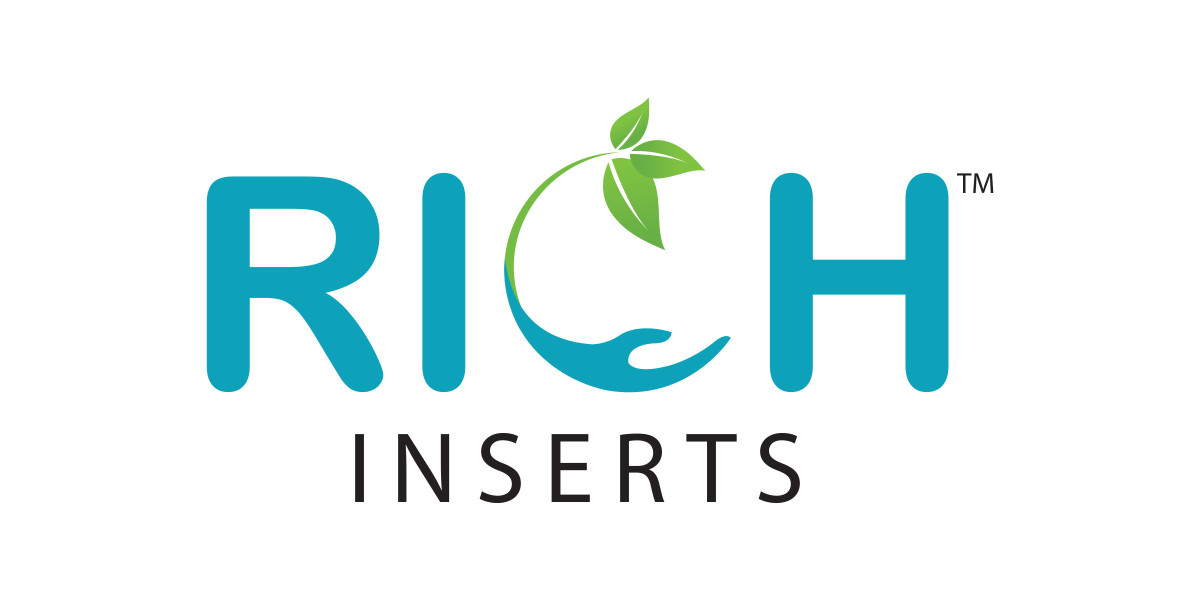A radiologist consultation refers to the process where a radiologist, a medical professional specialized in interpreting medical images, evaluates and discusses imaging results with patients or other healthcare providers. These consultations can be crucial in diagnosing a variety of health conditions. This article will provide an overview of what a radiologist consultation involves, its uses, benefits, and potential disadvantages.
What is a Radiologist Consultation?
A radiologist consultation occurs when a radiologist reviews diagnostic imaging, such as X-rays, CT scans, MRIs, ultrasounds, or PET scans, and provides insights or interpretations that are vital for the diagnosis and treatment of a patient. During this consultation, a radiologist might discuss the findings with other physicians or directly with the patient, especially when complex or critical information is involved.
Role of a Radiologist
Radiologists are doctors who specialize in imaging techniques. Their expertise includes:
- Reading and interpreting various types of medical imaging
- Identifying abnormalities or conditions that may not be visible to the naked eye
- Collaborating with other doctors to develop a treatment plan based on imaging findings
- Explaining results to patients in understandable terms
Uses of Radiologist Consultation
A radiologist consultation serves a variety of purposes across different fields of healthcare. Below are the primary uses:
1. Diagnosis of Medical Conditions
One of the main reasons for a radiologist consultation is to confirm or rule out diagnoses. Medical imaging can detect a wide range of conditions, such as:
- Cancer: Identifying tumors or abnormalities in organs and tissues
- Fractures and injuries: Assessing bone fractures, soft tissue injuries, and joint dislocations
- Infections: Detecting areas of inflammation or fluid accumulation that might indicate infection
- Neurological conditions: Diagnosing brain disorders, spinal cord injuries, and neurological diseases
2. Treatment Planning and Monitoring
A radiologist consultation is also crucial in planning and monitoring treatment, particularly for conditions like cancer. Imaging results provide information on the size and location of tumors, the effects of treatment, and whether a patient’s condition is improving or worsening.
- Surgical planning: Helping surgeons determine the extent of surgery or the precise location of the problem area
- Monitoring therapy: Tracking the effectiveness of treatments like chemotherapy or radiation therapy
3. Pre- and Post-Surgical Assessments
Imaging plays a vital role in surgical preparations. A radiologist consultation is necessary before surgeries to assess the anatomy of the body and understand potential risks. After surgery, imaging helps monitor healing progress or complications like infection.
4. Second Opinions
A radiologist consultation can provide second opinions on diagnoses, especially when a patient is unsure about the initial interpretation of their imaging results. This adds an extra layer of assurance to help patients make informed decisions about their healthcare.
Benefits of Radiologist Consultation
A radiologist consultation offers numerous benefits for both patients and healthcare providers. These benefits are:
1. Expert Interpretation of Complex Images
Radiologists are trained to recognize subtle differences in medical images that may not be apparent to other physicians. Their expertise ensures accurate diagnosis, leading to better treatment outcomes.
- Radiologists use advanced tools and techniques to detect even the smallest abnormalities, ensuring a comprehensive review of the imaging results.
2. Timely Diagnosis and Treatment
A radiologist consultation allows for faster diagnosis and treatment. For many conditions, especially cancers and serious injuries, early detection is crucial. A quick interpretation of images leads to:
- Reduced waiting times for results
- Faster initiation of treatment plans
- Less likelihood of conditions worsening during the waiting period
3. Minimization of Diagnostic Errors
The detailed nature of medical imaging combined with the expertise of radiologists ensures fewer diagnostic errors. A radiologist consultation reduces the chances of overlooking critical conditions like:
- Small fractures or hairline cracks in bones
- Early-stage tumors or infections
- Internal bleeding or abnormalities not visible on physical exams
4. Enhanced Communication Between Healthcare Providers
Radiologists often communicate their findings to a patient’s primary care doctor, surgeon, or oncologist, facilitating a collaborative approach to treatment. This communication streamlines the entire healthcare process, ensuring everyone involved in a patient’s care is informed and aligned.
5. Personalized Care
With the help of imaging and a radiologist consultation, healthcare providers can tailor treatments to the specific needs of each patient. This personalized approach can lead to more effective treatments and fewer side effects.
Disadvantages of Radiologist Consultation
While a radiologist consultation provides many advantages, there are also a few drawbacks to consider. These include:
1. Cost
A radiologist consultation often involves additional costs, which may be a barrier for some patients. Imaging studies, especially advanced technologies like MRI and CT scans, can be expensive, and consultations with radiologists may not always be covered by insurance.
- Patients may face high out-of-pocket costs if their insurance doesn’t cover these services fully
- Financial concerns can lead to delays in getting imaging done or receiving follow-up consultations
2. Risk of Over-Reliance on Imaging
There is a risk of over-reliance on imaging during a radiologist consultation, which could lead to misdiagnosis if the imaging is not interpreted properly or in conjunction with other clinical findings. Sometimes, imaging may not be conclusive, and additional tests or procedures are needed to confirm the diagnosis.
- Overuse of diagnostic imaging could result in unnecessary procedures, increasing the cost and burden on the healthcare system.
3. Limited Patient Interaction
In a radiologist consultation, the primary focus is often on the medical images and technical details, which may result in limited interaction with the patient. As a result, some patients may feel disconnected from their care process, particularly when complex or serious diagnoses are involved.
- Patients might find it difficult to ask questions or discuss their concerns with radiologists, as these consultations are primarily focused on technical interpretation.
4. Potential for Delayed Results
In some healthcare settings, there may be delays in scheduling a radiologist consultation or in obtaining the interpretation of medical images, particularly if radiologists are in high demand. Delayed results can postpone treatment, which could have negative effects on the patient’s health.
Conclusion
A radiologist consultation is an essential component of modern medical diagnostics and treatment. It provides expert interpretation of complex imaging, enabling timely and accurate diagnoses that inform effective treatment plans. The benefits, including expert care and reduced diagnostic errors, far outweigh the potential disadvantages. However, concerns such as cost and limited patient interaction should be addressed to optimize patient experiences. Overall, the role of radiologists in healthcare is crucial for providing comprehensive care and improving patient outcomes.








